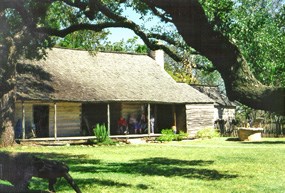
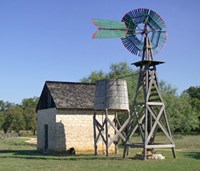
LAST OF THE FRONTIER PRESIDENTS Lyndon Johnson took great pride in his heritage and the land where he was born and nurtured. His grandparents were among those who settled, built, and converted the inhospitable land to one that grows fruit, feeds cattle, goats, and sheep, and is decorated with pleasant homes and lakes.
LAND OF EXTREMES The Texas Hill Country shattered the dreams of many early pioneers. The landscape that confronted them when they first settled here was very different from the one you see today. It was deceptively lush. It seemed as though grass adorned all the beautiful hills, fish filled the streams, and game browsed the hillsides. But all the wildlife survived despite little rainfall, and each year when the rains did come, the rivers flooded. The grass hid the plants that might have alerted early settlers to the true nature of the Hill Country: cacti. Prickly pear and yucca took root here. In this land of extremes, it was either flood or drought. 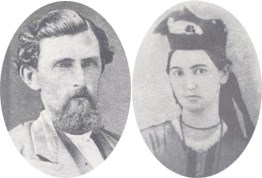
A SUCCESSFUL PARTNERSHIP In the late 1850s, Samuel Ealy Johnson Sr., Lyndon's grandfather, settled with his brother Tom in a one-room log cabin on 320 acres. It later became headquarters for the largest cattle driving operation in seven counties. After serving in the Civil War, Sam married Eliza Bunton of Caldwell County. In 1867 the newlyweds set up housekeeping in the log cabin, which by now also had an east room and breezeway (dog-trot). The following year, at an opportune time, the brothers began their partnership in a cattle driving business. During the Civil War, unattended cattle on the Texas range increased significantly. After the war ended, the northern markets demanded beef. Just as rain provided the right conditions for lush growth in the Hill Country, so did increasing cattle and human populations provide opportunities for ambitious young men. 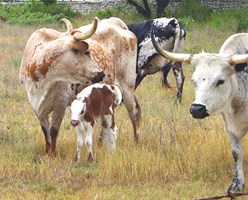
Business was prosperous that first year, and an additional 640 acres were acquired to further expand operations. The settlement location was ideal with the valleys of the Pedernales and the Blanco Rivers providing good pasture and water. It served as a rendezvous to which individual owners delivered their herds to the Johnsons. Speculation was the key to success. Buying on credit in the spring, cattle drovers would return in the autumn with mules to sell and gold to pay for the herds they had driven north on the Chisholm Trail. The Johnsons had little difficulty purchasing cattle on credit because the return at the marketplace was great. A steer on the Texas range cost from six to ten dollars and was worth from thirty to forty dollars delivered at the Kansas railheads. END OF AN ERA Several factors led to the demise of the Johnson partnership, but the main reason was essentially the same for failure as it was for success...high prices for cattle in the marketplace. Once again, the Hill Country proved to be a land of extremes. The deluge of opportunities inspired countless others to enter the cattle business which resulted in a flooded market and significantly lower prices. After suffering many financial reverses, Sam and Tom dissolved their partnership in 1871 and moved out of Blanco County. 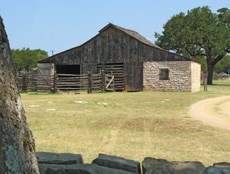
PRESERVED FOR THE FUTURE Soon after President Johnson retired from office, the National Park Service, with funds donated by the former President, purchased the Johnson Settlement area. Four of the original buildings were still standing. Besides the cabin, they included a barn and cooler house built by James Polk Johnson, Samuel Ealy Johnson's nephew and namesake of Johnson City. 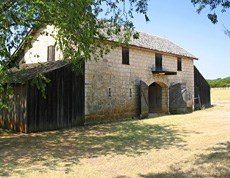
John Bruckner, a German immigrant, added a barn in 1884. Together these structures serve as a testament to the courage and resolve of Texas' early settlers. As you enjoy your walk back in time try to imagine what life would have been like for the people who lived here in the 1860s and 1870s. The landscape and conditions are challenging, and with few resources compared to what we have today, they learned to survive and to prosper. ACCESSIBILITY People with disabilities may request a permit at the visitor center, which will allow you to drive into the Johnson Settlement. SAFETY For the protection of the settlement and your own safety, please remember:
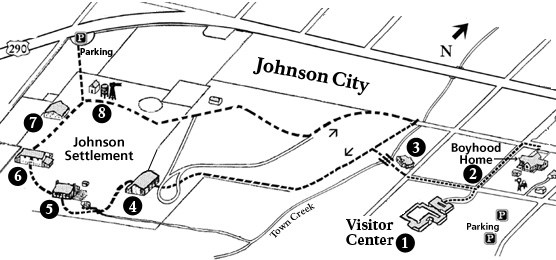
All buildings at the Johnson Settlement are handicap accessible. |
Last updated: December 19, 2017
